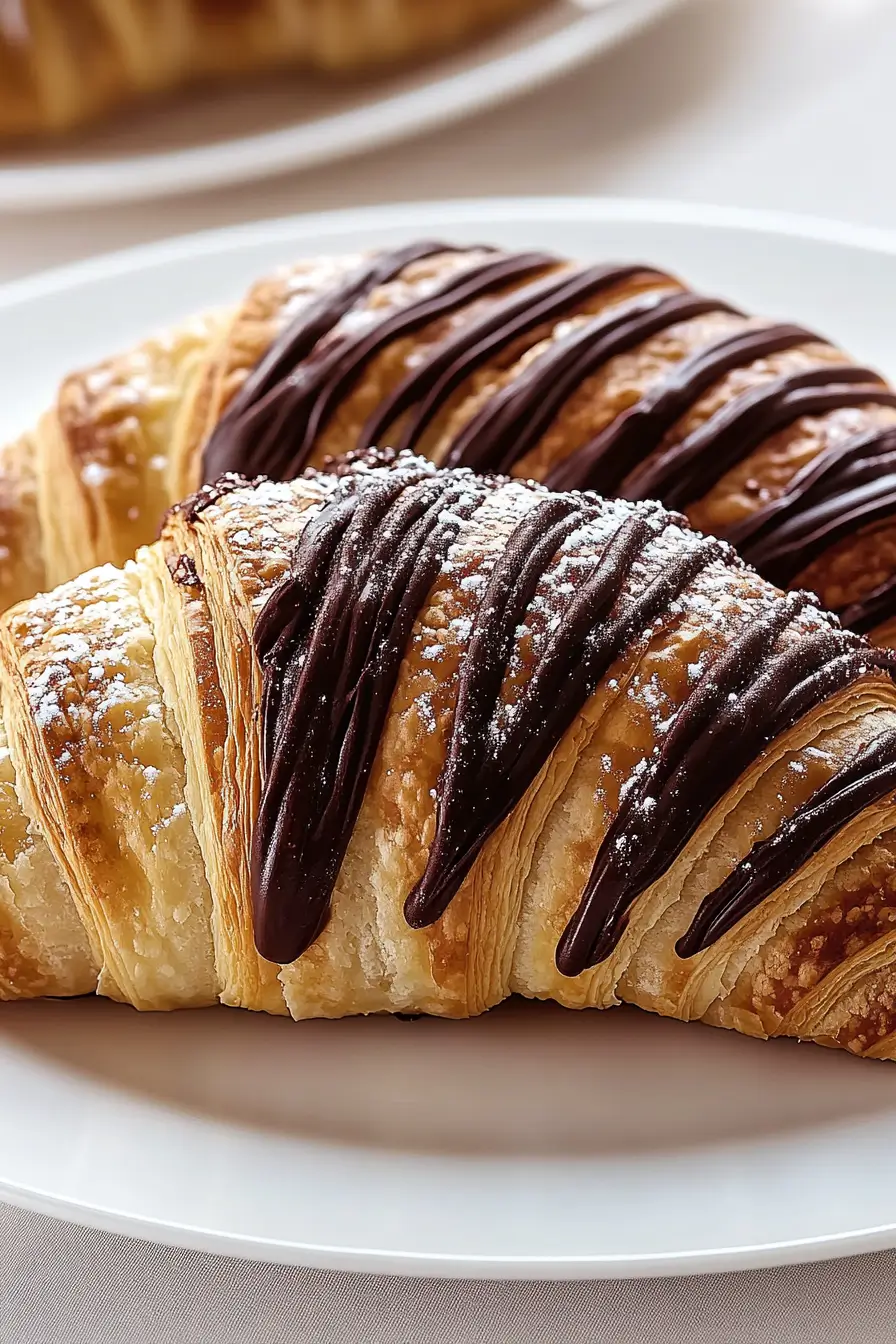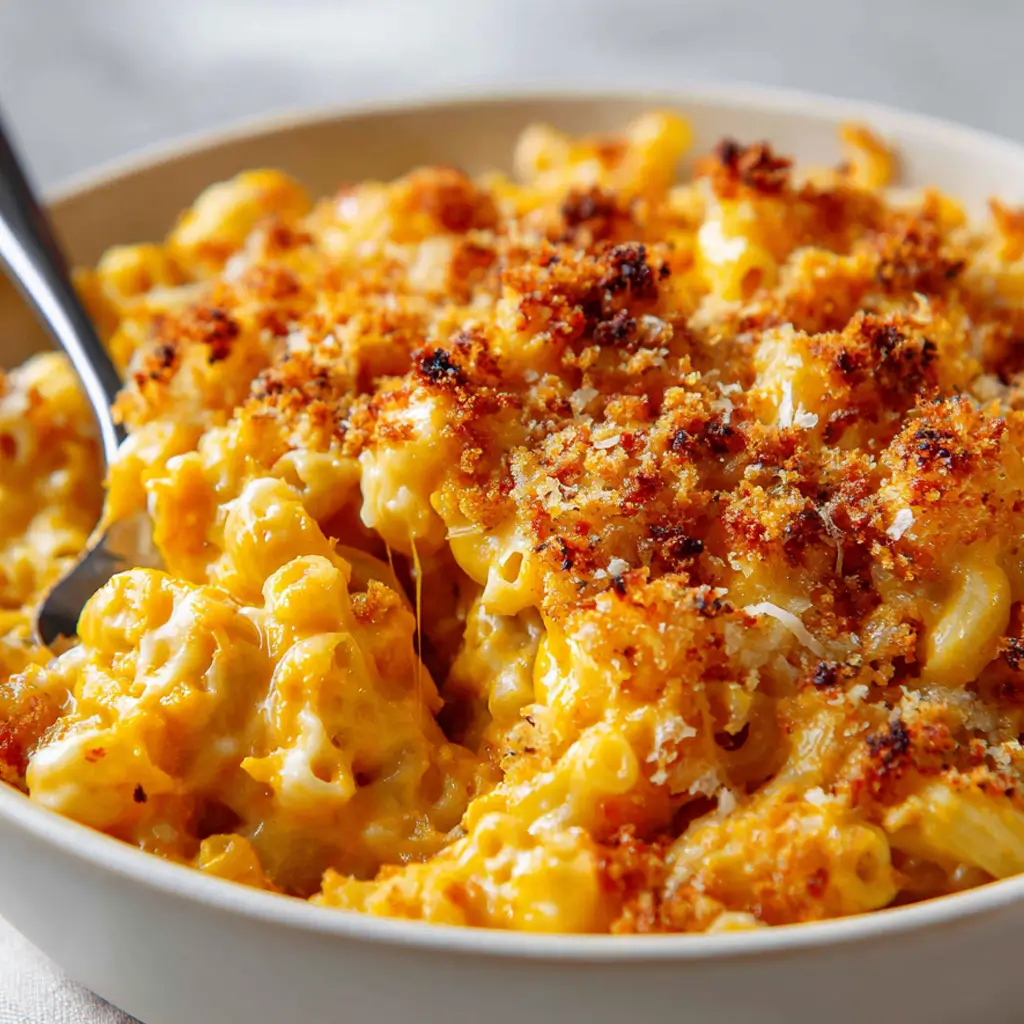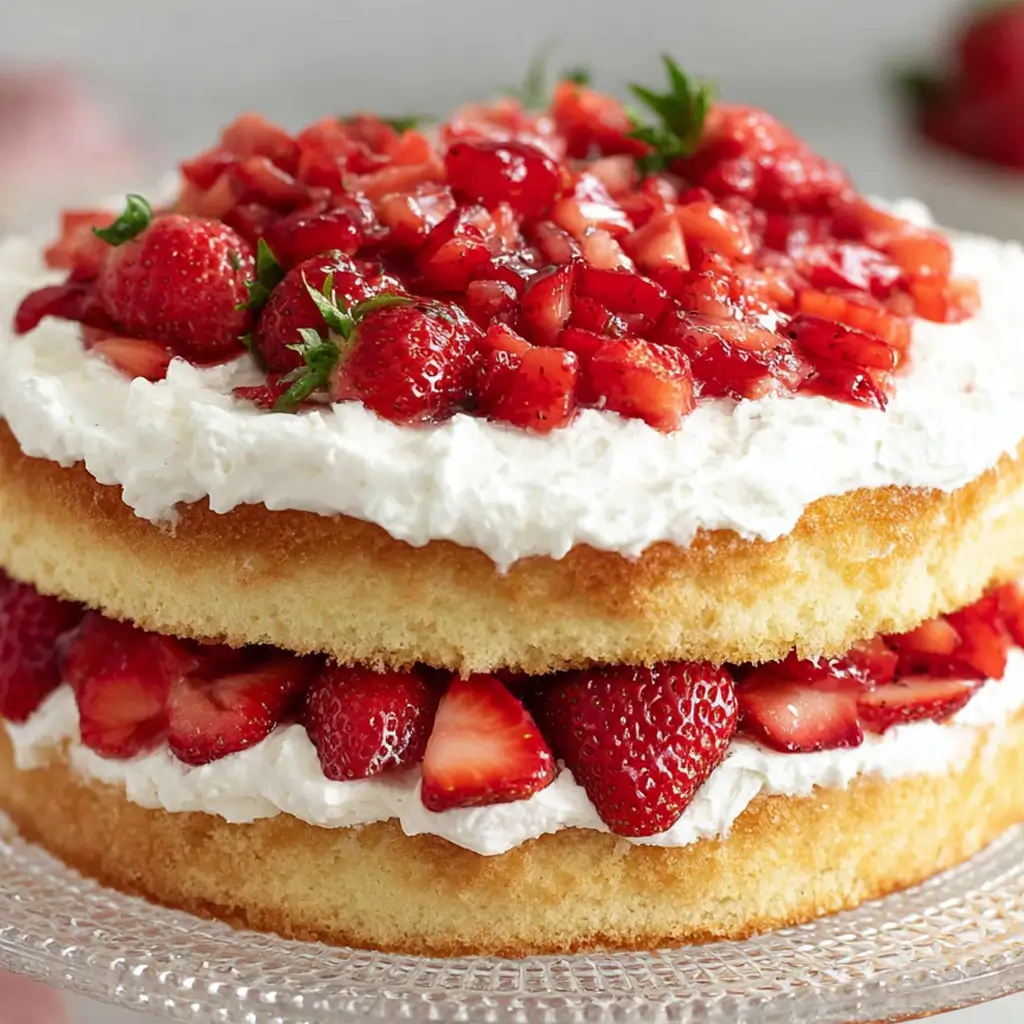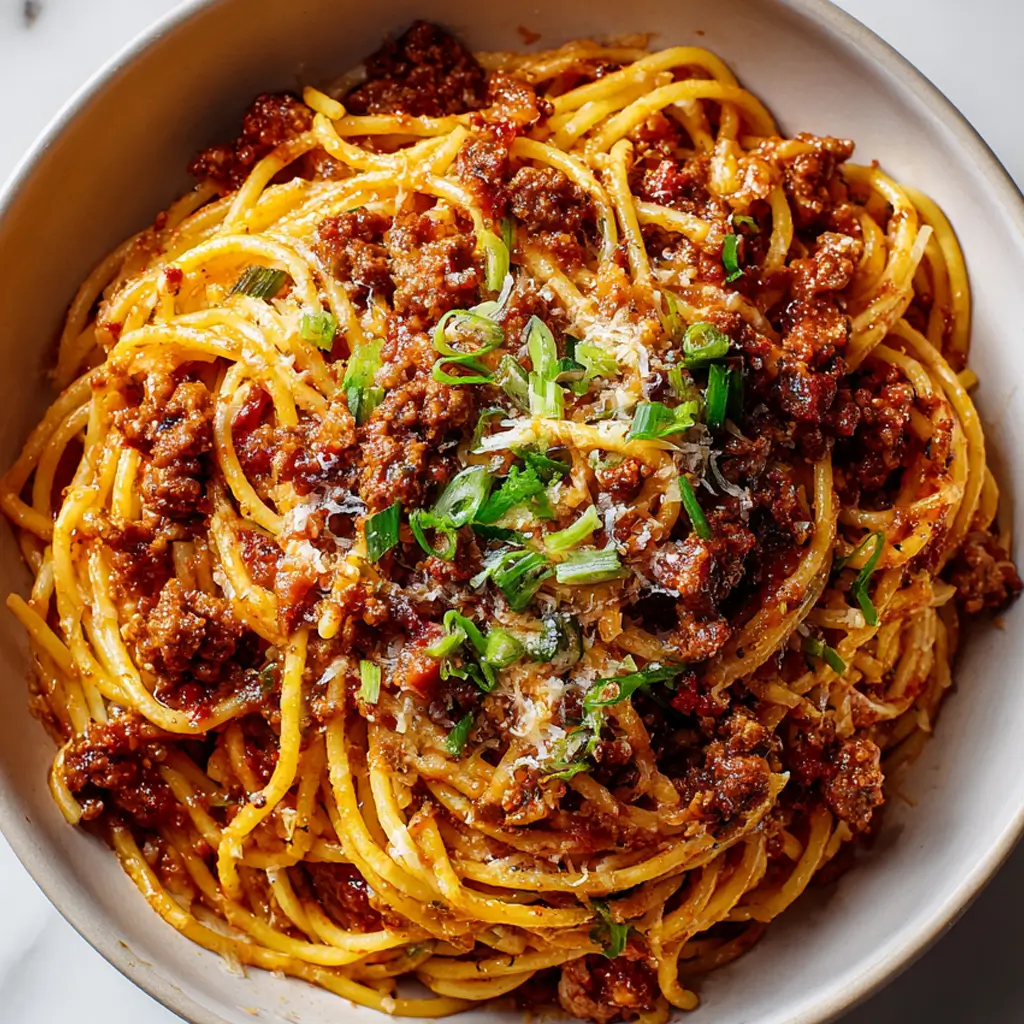The scent of warm, buttery pastry filled my kitchen as I carefully pulled the tray from the oven. The golden layers had puffed up beautifully, and the chocolate, once neatly tucked inside, had melted into an irresistible, velvety filling. I had finally done it homemade chocolate croissants that rivaled the ones from my favorite Parisian bakery.
But let me tell you, it wasn’t always this way.
The first time I attempted to make croissants, I underestimated the importance of chilling the dough. I rushed through the lamination process, eager to see the final results. What came out of the oven was…well, let’s just say it wasn’t the delicate, flaky masterpiece I had imagined. The layers collapsed, the butter leaked out, and the texture was disappointingly dense.
It was a humbling moment, but also a turning point. I realized that great croissants weren’t just about following a recipe they were about mastering a process. With each attempt, I learned something new. How keeping the butter and dough at the right temperature made all the difference. Why proper proofing created those signature airy layers. And most importantly, how patience (and a little practice) transformed an intimidating pastry into something truly special.
Now, I want to share everything I’ve learned with you.
What Makes This Chocolate Croissant Special
Many recipes for chocolate croissants promise bakery-quality results, but few truly deliver. What sets this version apart is its focus on the lamination technique, ingredient quality, and foolproof method to ensure light, flaky layers without the frustration.
If you love working with pastry, you might also enjoy making Puff Pastry Shells for a variety of sweet and savory treats!
Perfect Lamination for Maximum Flakiness
Lamination is the secret behind the signature layers of a croissant. This process involves folding butter into the dough multiple times, creating hundreds of delicate layers that expand in the oven. Unlike some recipes that rely on shortcuts, this method sticks to traditional techniques while simplifying the process for home bakers.
Why does it matter? Proper lamination guarantees:
- A crisp, golden outer layer that shatters slightly when bitten into.
- A soft, honeycomb-like interior filled with airy pockets.
- Even distribution of butter for a rich, melt-in-your-mouth texture.
Using High-Quality Ingredients
A great chocolate croissant starts with great ingredients. This recipe prioritizes:
- European-style butter (82% butterfat) for richer flavor and better lamination.
- Dark chocolate bars instead of chocolate chips, ensuring a smooth, velvety center.
- Bread flour for a slight chew that balances the delicate crispiness.
If you’re a chocolate lover, you might also enjoy the Matilda Chocolate Cake a rich and indulgent dessert!
Beginner-Friendly Yet Professional Results
Croissants have a reputation for being tricky, but this approach minimizes common mistakes:
- Step-by-step proofing ensures a light, airy texture.
- Chilling between folds prevents butter from melting into the dough.
- Proper shaping techniques keep the chocolate neatly tucked inside.
Key Ingredients
Core Ingredients
Each ingredient in this chocolate croissant recipe plays a crucial role in texture, flavor, and structure.
- Flour: Bread flour is best because it contains more protein, which helps develop gluten, giving croissants their slight chewiness while still being light.
- Butter: Opt for European-style butter with at least 82% butterfat. The higher fat content creates crispier layers.
- Yeast: Instant yeast is ideal for a more predictable rise, but active dry yeast works if properly activated.
- Milk: Whole milk enhances richness and softness in the dough.
- Sugar: A small amount balances the flavors without making the croissants overly sweet.
- Salt: Enhances the buttery taste and controls yeast activity.
- Dark Chocolate: Look for high-quality chocolate bars (at least 60% cocoa). Avoid using chocolate chips, as they contain stabilizers that prevent smooth melting.
Optional Additions
For a twist on the classic chocolate croissant, consider these variations:
- Almond Filling: Add a thin layer of almond paste for a nutty depth of flavor.
- Orange Zest: A bit of citrus zest brightens the richness of the chocolate.
- Cinnamon or Espresso Powder: Enhances the chocolate’s depth with subtle warm notes.
- Sea Salt Flakes: Sprinkling a pinch over the chocolate before rolling adds contrast and intensifies the sweetness.
How to Make Chocolate Croissants
Homemade chocolate croissants take time, but the results are absolutely worth it. Follow these steps carefully, and you’ll have bakery-quality pastries with crispy, golden layers and a rich chocolate center.
Step 1: Preparing the Dough
- Activate the Yeast: Warm the milk slightly (not too hot, or it will kill the yeast) and dissolve the yeast with a pinch of sugar. Let it sit for about 5–10 minutes until foamy.
- Mix the Ingredients: In a large bowl, combine flour, sugar, and salt. Add the yeast mixture and knead until a smooth, elastic dough forms. If using a stand mixer, mix on medium speed for about 5 minutes.
- Chill the Dough: Wrap it tightly and refrigerate for at least 6 hours or overnight. Chilling allows the dough to develop flavor and makes lamination easier.
Want another flaky treat? Try Strawberry Nutella Crepes for a sweet breakfast option!
Step 2: Laminating the Dough
- Prepare the Butter Block: Roll out the butter between two sheets of parchment paper into a thin rectangle. Keep it cold but pliable.
- First Fold: Roll the chilled dough into a large rectangle and place the butter in the center. Fold the dough over the butter, sealing the edges.
- Roll and Fold: Roll the dough out again, then fold it into thirds (like a letter). Chill for 30 minutes. Repeat this process 2 more times to create multiple layers.
Step 3: Shaping and Filling
- Roll Out the Dough: Once laminated, roll the dough into a large rectangle about 1/4 inch thick.
- Cut and Add Chocolate: Slice the dough into long rectangles, placing a strip of chocolate on each piece. Roll them up, sealing the seam at the bottom.
- Proofing: Arrange the croissants on a baking tray, cover lightly, and let them rise for 2 hours at room temperature. They should become puffy but not deflate when touched.
Step 4: Baking to Perfection
- Egg Wash: Beat an egg with a splash of milk and brush it over the croissants for a golden finish.
- Bake at 375°F (190°C): Place the tray in the oven and bake for 18–20 minutes until deep golden brown.
- Cool Slightly: Let them rest for a few minutes before enjoying the chocolate inside will be molten and rich.
My Best Chocolate Croissant Tips
Making chocolate croissants at home can be intimidating, but these expert tips will help you avoid common mistakes and achieve perfect results every time.
Choosing the Right Butter
The best croissants start with high-quality butter. European butter, which has a higher fat content, creates flakier, more flavorful layers. Lower-quality butter contains more water, which can cause steam pockets and uneven texture.
Handling the Dough Correctly
Overworking the dough can lead to toughness, while underworking it results in poor gluten development. The key is to knead just until it’s smooth and elastic. Also, never skip resting periods—chilling helps the gluten relax, making the dough easier to work with.
Preventing Chocolate Leaks
Nothing is more frustrating than croissants that ooze chocolate all over the baking sheet. To prevent this:
- Use chocolate bars, not chips, since chips contain stabilizers that prevent smooth melting.
- Roll the croissant tightly enough so the chocolate is securely wrapped inside.
- Ensure the seam side is facing down when baking to keep everything contained.
Getting That Perfect Golden Crust
A good egg wash is the key to a glossy, golden-brown finish. Use a mixture of one egg and a splash of milk for the best results. Brushing too much can cause pooling, leading to uneven browning.
Variations of Chocolate Croissants
While a classic chocolate croissant is hard to beat, there are many creative variations you can try to put a unique spin on this beloved pastry. Whether you want a nutty crunch, an extra dose of chocolate, or a dairy-free alternative, these ideas will take your croissants to the next level.
Almond Chocolate Croissants
For a nutty, bakery-style upgrade, try adding almond filling.
- Spread a thin layer of almond paste or frangipane inside the croissant before rolling.
- After baking, dust with powdered sugar and drizzle with melted chocolate.
- For extra crunch, sprinkle sliced almonds on top before baking.
This variation is inspired by the famous pain au chocolat aux amandes, often found in French patisseries.
Double Chocolate Croissants
If you’re a true chocolate lover, this version is for you.
- Add cocoa powder to the dough for an all-chocolate base.
- Use dark and milk chocolate together for a balanced sweetness.
- Drizzle with melted chocolate after baking for an elegant finish.
This variation intensifies the richness of the croissant, making it perfect for dessert.
Vegan Chocolate Croissants
If you want a dairy-free option without compromising on flakiness, follow these adjustments:
- Swap butter for vegan block butter (not margarine) to ensure the right texture.
- Use plant-based milk in the dough and for the egg wash substitute.
- Choose dairy-free dark chocolate for the filling.
These substitutions create a delicious chocolate croissant that’s just as crispy and flavorful as the original.
How to Serve Chocolate Croissants
A fresh chocolate croissant is delightful on its own, but pairing it with the right accompaniments can enhance the experience even more. Here are some of the best ways to serve and enjoy them.
Serve warm with a cup of Hot Chocolate Mug Cake for a double chocolate treat!
Best Ways to Enjoy Them Fresh
Nothing beats a chocolate croissant when it’s warm, fresh from the oven. The layers are at their flakiest, and the chocolate is perfectly melted. To enjoy them at their best:
- Let them rest for 5–10 minutes after baking so the chocolate sets slightly.
- Serve with a dusting of powdered sugar for a light sweetness.
- Pair with coffee, tea, or Mocha Iced Coffee for the perfect breakfast combination.
How to Reheat Croissants Properly
If you have leftover croissants, reheating them the right way ensures they stay crispy. Avoid the microwave, which makes them soggy. Instead:
- Oven Method: Preheat to 300°F (150°C) and warm the croissants for 5–7 minutes.
- Air Fryer Method: Heat at 320°F (160°C) for 3–4 minutes for a crispy finish.
Making Croissants Part of a Brunch Spread
Croissants make an elegant addition to any breakfast or brunch. Serve them alongside:
- Fresh fruit like berries or orange slices for a refreshing contrast.
- Butter and jam for an extra layer of flavor.
- Whipped cream or mascarpone for a decadent touch.
Common Mistakes & Fixes
Making a perfect chocolate croissant requires precision, but even experienced bakers can run into issues. Below are some of the most common mistakes and how to fix them.
Butter Melts Into the Dough
If your croissants turn out greasy instead of flaky, it’s likely because the butter melted during lamination. This can happen when:
- The dough is too warm while rolling.
- The butter is too soft or not evenly distributed.
How to Fix It:
- Always chill the dough for at least 30 minutes between folds.
- Use cold, pliable butter, not rock-hard or melted butter.
- Roll out the dough on a cool surface to prevent overheating.
Dough Isn’t Rising Properly
Croissants need proper proofing to develop their airy texture. If your dough isn’t rising, it could be due to:
- Inactive yeast or yeast that wasn’t properly activated.
- Cold proofing conditions, preventing the yeast from working.
How to Fix It:
- Make sure to use fresh yeast and proof it in warm milk (100°F/38°C).
- If your kitchen is cold, proof the dough in an oven with the light on or near a warm spot.
Chocolate Leaking Out During Baking
It’s frustrating when the chocolate oozes out instead of staying inside the pastry. This happens when:
- The croissants aren’t rolled tightly enough.
- The seam is placed on top instead of underneath.
How to Fix It:
- Roll each croissant securely and ensure the seam is facing down on the baking tray.
- Use chocolate bars instead of chips, as they melt more evenly and don’t leak as easily.
Croissants Are Dense Instead of Flaky
Dense croissants lack the light, airy layers that make them so special. The issue often comes from:
- Not enough folds during lamination.
- Overhandling the dough, breaking down the butter layers.
- Skipping the final proofing stage.
How to Fix It:
- Stick to three proper folds for enough layers.
- Handle the dough as little as possible.
- Allow croissants to proof for at least 2 hours before baking.
FAQs
What is a croissant with chocolate called?
A croissant filled with chocolate is traditionally known as pain au chocolat. Unlike a classic croissant, which has a crescent shape, pain au chocolat is typically rectangular and wrapped around chocolate bars.
Is a pain au chocolat unhealthy?
While pain au chocolat is an indulgence, it can be part of a balanced diet when enjoyed in moderation. It contains butter and chocolate, but homemade versions allow control over ingredients, making them slightly healthier than store-bought options.
Why do Americans call it a chocolate croissant?
In the U.S., pain au chocolat is often referred to as a chocolate croissant because it shares the same dough and flaky layers as traditional croissants. However, the French differentiate between the two pastries based on their shape and filling.
What is the difference between chocolate croissants and croissants?
A classic croissant is plain and typically crescent-shaped, while a chocolate croissant (or pain au chocolat) is rectangular with chocolate inside. Both use the same laminated dough but are shaped and filled differently.
Why are chocolate croissants so good?
The contrast between the crisp, buttery layers and the smooth, melted chocolate creates a perfect balance of textures and flavors. The light flakiness of the pastry combined with rich chocolate makes it an irresistible treat.
Looking for more breakfast ideas? Try Cinnamon Sugar French Toast Muffins for a quick and delicious alternative!
What Makes Them Delicious?
Using high-quality butter, proper lamination, and good chocolate enhances the overall taste and texture of a chocolate croissant. The careful balance of sweetness, crispiness, and richness makes it a timeless pastry.
Print
Chocolate croissant
- Total Time: 12 hours 20 minutes
- Yield: 8 croissants 1x
Description
Indulge in these buttery, flaky pastries filled with rich dark chocolate a homemade treat that brings a taste of Paris to your kitchen.
Ingredients
-
For the Dough:
- 2¼ cups (290g) bread flour
- ¼ cup (50g) granulated sugar
- 1 teaspoon salt
- 1 tablespoon instant yeast
- ¾ cup (180ml) warm whole milk
- 2 tablespoons unsalted butter, softened
-
For the Butter Layer:
- 1 cup (225g) European-style unsalted butter, cold
-
For the Filling:
- 4 ounces (113g) high-quality dark chocolate (60-70% cocoa), cut into batons
-
For the Egg Wash:
- 1 large egg
- 1 tablespoon whole milk
Instructions
-
Prepare the Dough:
- Activate Yeast: In a bowl, combine warm milk and yeast. Let sit for 5 minutes until foamy.
- Mix Dough: In a large bowl, mix flour, sugar, and salt. Add yeast mixture and softened butter. Knead until smooth and elastic, about 5 minutes.
- Chill Dough: Shape dough into a rectangle, wrap in plastic, and refrigerate for at least 6 hours or overnight.
-
Prepare the Butter Block:
- Shape Butter: Place cold butter between parchment paper and pound into a 5×5-inch square. Chill until firm but pliable.
-
Laminate the Dough:
- Encapsulate Butter: Roll dough into a 10×10-inch square. Place butter block diagonally in the center. Fold corners over butter, sealing edges.
- First Fold: Roll dough into a 8×24-inch rectangle. Fold into thirds like a letter. Wrap and chill for 30 minutes.
- Second and Third Folds: Repeat rolling and folding two more times, chilling 30 minutes between each fold.
-
Shape the Croissants:
- Roll Dough: Roll laminated dough into a 8×32-inch rectangle.
- Cut and Fill: Cut into 4×8-inch rectangles. Place a chocolate baton at one end and roll tightly, placing seam side down.
-
Proof the Croissants:
- Let Rise: Place croissants on a baking sheet, cover, and let rise at room temperature until puffy, about 2 hours.
-
Bake:
- Preheat Oven: Heat oven to 375°F (190°C).
- Egg Wash: Whisk egg and milk; brush over croissants.
- Bake: Bake for 18-20 minutes until golden brown.
Notes
- Ingredient Quality: Using European-style butter with higher fat content enhances flakiness.
- Temperature Control: Keep dough and butter cold during lamination to ensure distinct layers.
- Chocolate Choice: High-quality dark chocolate provides a rich, less sweet filling.
- Prep Time: 12 hours
- Cook Time: 20 minutes
- Category: Dessert
- Method: Baking
- Cuisine: French
Nutrition
- Serving Size: 1 croissant
- Calories: 300
- Sugar: 11g
- Sodium: 220mg
- Fat: 16g
- Saturated Fat: 13g
- Trans Fat: 0g
- Carbohydrates: 43g
- Fiber: 3g
- Protein: 7g
- Cholesterol: 75mg
Keywords: Chocolate Croissants





